Ru


We’ll meet on the first day of the program at Incheon Airport. We recommend arriving before 12:00 local time. Then you’ll be transferred to the hotel. After checking in we’ll go for a walk around Seoul. We’ll see Bongeunsa — the Buddhist temple complex, built in the 13th century, and then we’ll go up to the observation deck of the highest skyscraper in Korea — the Lotte World Tower. Here, from the height of the 123rd floor, we’ll admire the colorful sunset. The transparent glass floors will give you a full view!
The whole day we’ll walk around Seoul, admiring buildings, studying history and tasting local cuisine. We’ll see the former residence of the king — Gyeongbokgung Palace, built in 1395, as well as Deoksugung Palace, replicating western palatial structures. We’ll walk along the Bukchon Hanok Village, where the aristocrats lived, and the Insadong pedestrian street with art galleries and souvenir shops. We’ll also see the Cheonggyecheon stream, a favorite place for city dwellers to walk and relax.
In the evening, we’ll visit Myeongdong Street, a real paradise for shopaholics.
Today we’ll make a beautiful trekking near Seoul — we'll go explore the Bukhansan National Park! We’ll walk about 7 kilometers along the mountain path, admiring the famous red maples and breathing fresh air. We’ll climb to the top of the mountain and see impressive views of Seoul. Then we’ll organize a picnic in a Korean style, have a rest and go down, bypassing the ancient temples built right in the middle of the mountains.
And in the evening we will go to a family restaurant and try traditional ginseng soup.
This morning we’ll climb to a height of 265 meters: the cable car will take us to the top of Mount Namsan. We’ll walk in a cozy park, admire the surroundings, see the ruins of an ancient fortress wall and the TV tower — a symbol of Seoul.
In the evening we’ll visit the unique Nanta show: this is non-verbal performance with the drama and comedy elements. You’ll listen to the traditional Korean music played using kitchen utensils.
Then you’ll have free time. You can have dinner at a restaurant or go shopping. Products from Korea are famous for their unsurpassed quality, and cosmetics are one of the best!
In the morning we’ll get to the central station, take a high-speed train and in 3 hours we’ll arrive in Busan, the second largest city in South Korea. After checking into the hotel, we’ll go for a walk, but first we’ll visit the Jagalchi fish market and taste everything we want!
In the morning we’ll go for a walk again: this time we’ll explore the Gamcheon culture village, one of the most beautiful and popular places in Busan. It is hard to imagine, but many years ago there were slums in this place, but now it’s an attractive place for tourists with brightly painted houses and interesting sculptures.
After that, we’ll take a walk to Songdo Beach. Then the cable car will move us to Amnam Park. The length of the cable way is more than 1.5 kilometers.
After a busy day, we’ll take a leisurely walk around the center of Busan and try street food.
In the morning, we’ll climb Mount Geumjeongsan to visit the ancient Beomeosa temple built over 1,300 years ago by Buddhist monk Ui San. We’ll see the “golden well” which never dries up and feel the peaceful atmosphere. Then we'll move to the east and look at the Haedong Yonggungsa temple, which is located on the sea coast — a rarity for Korea. The temple was founded over 600 years ago. We’ll see Buddha statues, chapels, a pagoda and walk along a long staircase with 108 steps! This place is the most beautiful in the spring, during the cherry blossom season.
In the afternoon we’ll take a walk to Haeundae Beach, which is covered with white sand. We’ll reach the edge of the beach and get into Dongbaek Park with lots of camellia flowers and pines. We’ll take a walk, breathe fresh air, and also admire the beautiful view of the Gwangan Bridge.
In the morning, we’ll go to the Busan airport and take a flight to Jeju Island, the largest island in the country, which is often called the “Hawaii of South Korea”. There are many natural wonders here: clean beaches, volcanoes, mysterious caves, camellia thickets, waterfalls and basalt rocks attract many travelers from all over the world.
We’ll see the stone statues of old Harubans who, according to legend, protect people from evil spirits.
In the evening we’ll take a walk along the shore.
Early in the morning, we’ll go trekking to the highest mountain in Korea — the extinct volcano Hallasan. There is a crater lake on the top of the mountain, and there is the oldest Buddhist temple of Kwanymsa on one of the slopes.
We will go up along one of the seven available routes — we’ll choose the convenient one on the spot. We’ll take a snack with us and have a picnic on the way.
In the morning we’ll visit the Manchzhangul cave — a large lava tube formed hundreds of thousands of years ago. We’ll admire the numerous stalactites and stalagmites. Then we’ll reach the peak of Seongsan Ilchulbong — its crater has a diameter of about 600m and a depth of 90 m. Around the crater we’ll see the stones, giving this place a crown-like appearance.
After lunch, we’ll board the ferry that will take us to Udo Island. Here we will walk along the coral beach and meet Haenyeo — famous women divers. This is a matriarchal community. Women every day get food for their families, diving to great depths to collect seafood. Most Haenyeo are older than 60 years.
Then you’ll have free time. You can ride a bike around the island, walk along the beach and try sea delicacies.
In the morning we’ll fly from Jeju Island to Seoul, then we’ll get to the international departure terminal by bus or train. Departure home.
Special prices are valid until 03.12.2025!
Our guide will meet you on the first day of the tour at Seoul Incheon Airport (ICN) until 13:00 local time. We’ll have the information about your flight and a list of your phone numbers, so we can contact you if necessary.
Group transfer to the hotel is included in the price.
On the last day of the tour — departure from Incheon Airport in Seoul on flights departing after 14:00.
Group transfer to the airport is included in the price. If you depart later or earlier, you'll have to get to the airport by yourself.
The meeting of the group will take place at Seoul Incheon Airport (ICN) until 13:00 local time.
We recommend purchasing tickets for flights arriving before 12:30 local time.
On the last day of the tour — departure from Incheon Airport in Seoul on flights departing after 14:00.
Group transfer to the airport is included in the price. If you depart earlier or later, you'll have to get to the airport by yourself.
Note: We kindly ask you not to purchase the tickets until the manager sends you a confirmation and guarantees that the tour will take place.
We’ll stay in 3-4* hotels in double rooms with private facilities.
Note: The price of the trip is based on double accommodation. If you are traveling alone, we will try to find a roommate for you from the tourists of our group, but we cannot guarantee this. Usually there is a roommate, but if there is not, you will need to pay for single accommodation.
If you need a single room and don't want to stay with anybody, specify this in the comments to your application.
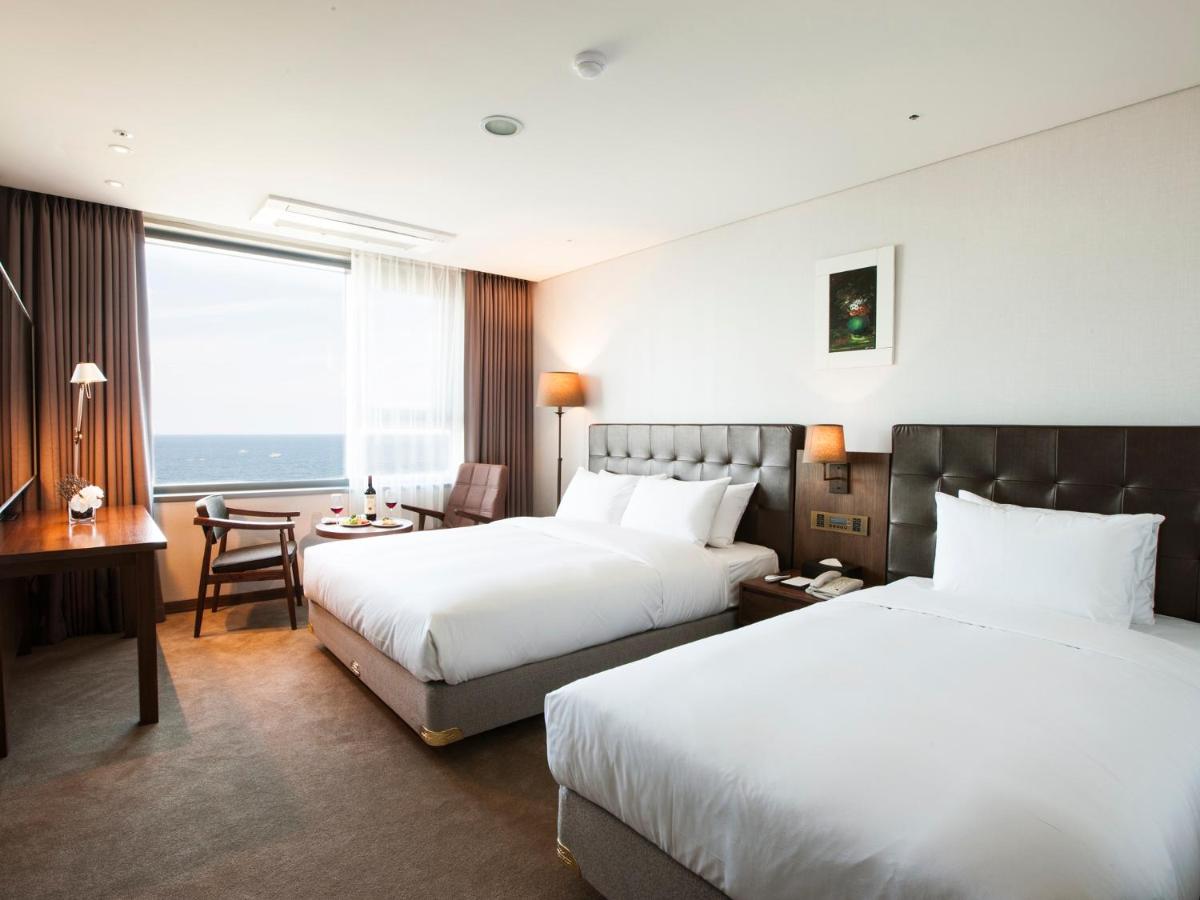
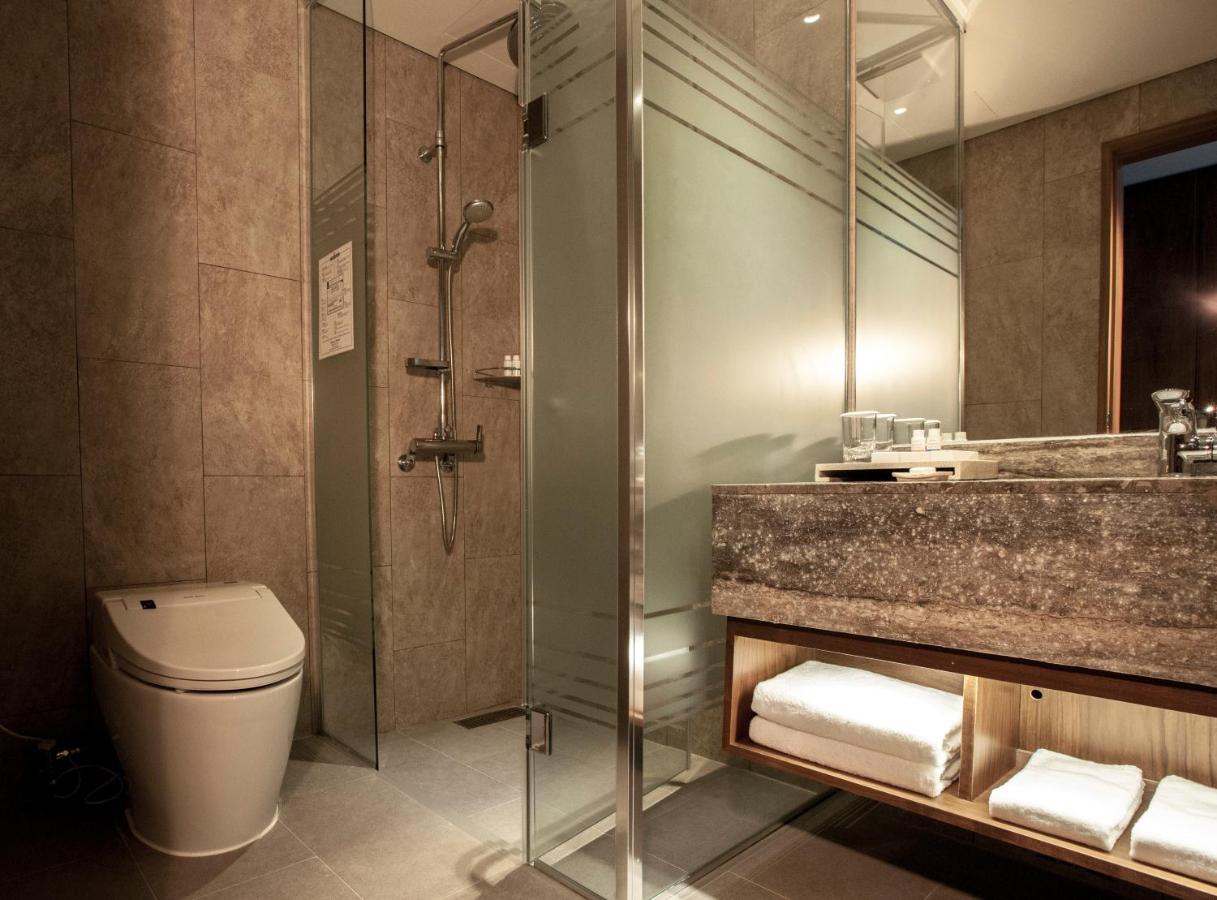

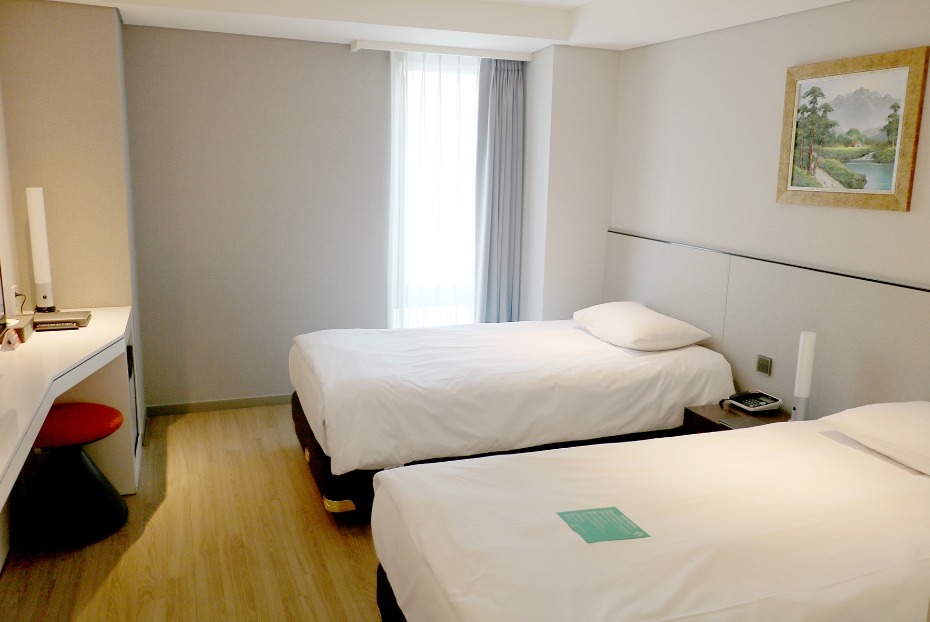
(2).jpg)
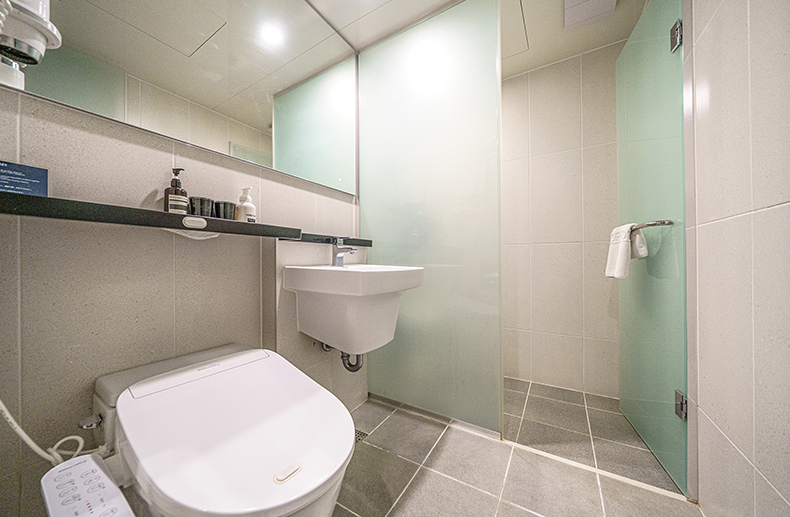
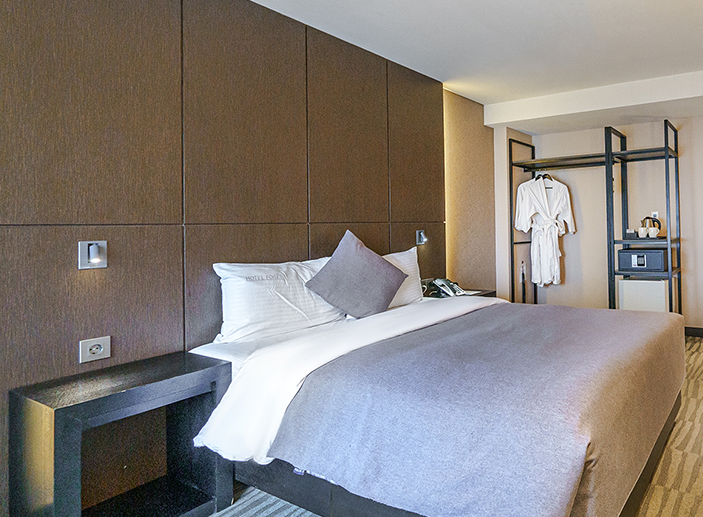
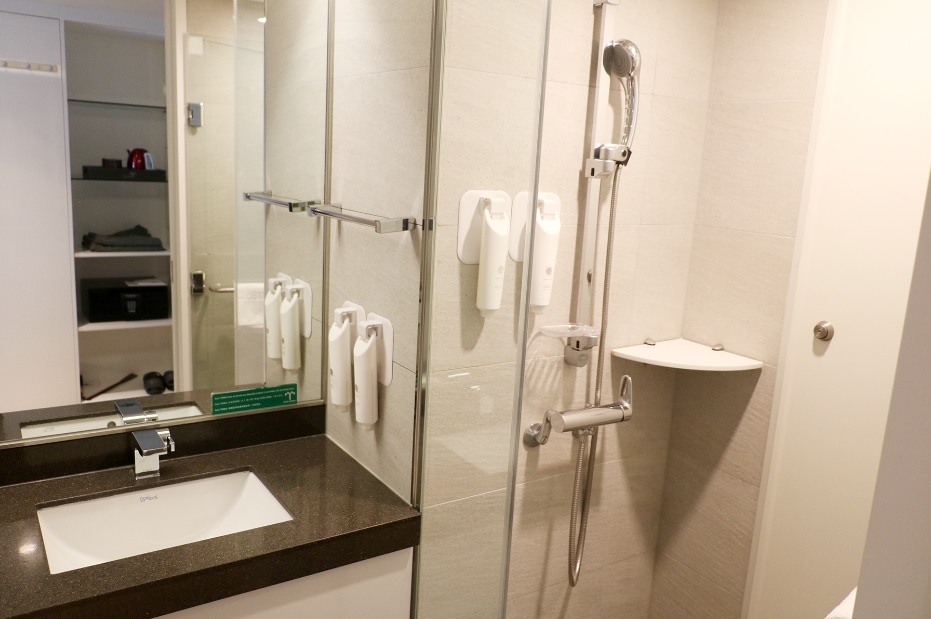
The temperature in Seoul can be from +5 °C to +15 °C, in Busan and Jeju Island from +8 °C to +18 °C. Strong winds are possible, rains are unlikely.
The itinerary is suitable for anyone whose medical condition allows moderate physical activity. The trip does not belong to hikes, but requires the participants to be in good physical condition. We’ll walk along the trails and roads up to 10 km per day, at an average pace, without backpacks.
Children are allowed to participate from the age of 12 and only if accompanied by their parents.
The checklist #59 will help you prepare for this trip.
We recommend you to take US dollars or euros with you and exchange them for the South Korean wons on arrival.
Note: Credit cards that are issued outside South Korea may not work.
If you take dollars with you, please note that the banknotes issued on 1998 or earlier are not accepted.
I would like to address travelers who are considering a trip to South Korea. I sincerely recommend taking this journey with Strannik because you’ll be accompanied by Lika, not only an interesting and beautiful woman but also an experienced professional. She organizes everything impeccably, shares extensive information about the country, its everyday life, history, deep insights into religion, recommends good restaurants based on your preferences, gives cosmetic tips for women, and even takes beautiful photos of you.
The trip itself was wonderfully varied, which I especially appreciated: climbing to the caldera of Hallasan Volcano, cycling around Udo Island, hiking in a national park in Seoul, admiring stunning views in Busan, visiting a theater, riding the famous train to Busan, swimming in a rooftop hot pool with ocean views... And the timing couldn’t have been better — the delicate, beautiful cherry blossom season! We caught the peak bloom, when not only the cherry blossoms but also magnolias and camellias were in full bloom.
The weather was perfect, Lika organized everything flawlessly and led us with care, the company of fascinating fellow travelers was a delight. All that was left for us to do was to soak it all in, discover new things, enjoy, shop for souvenirs, and take lots of pictures to share the experience with friends — many of whom now also want to visit South Korea. I wholeheartedly encourage all of you to join us, those who have already walked this beautiful path! ))
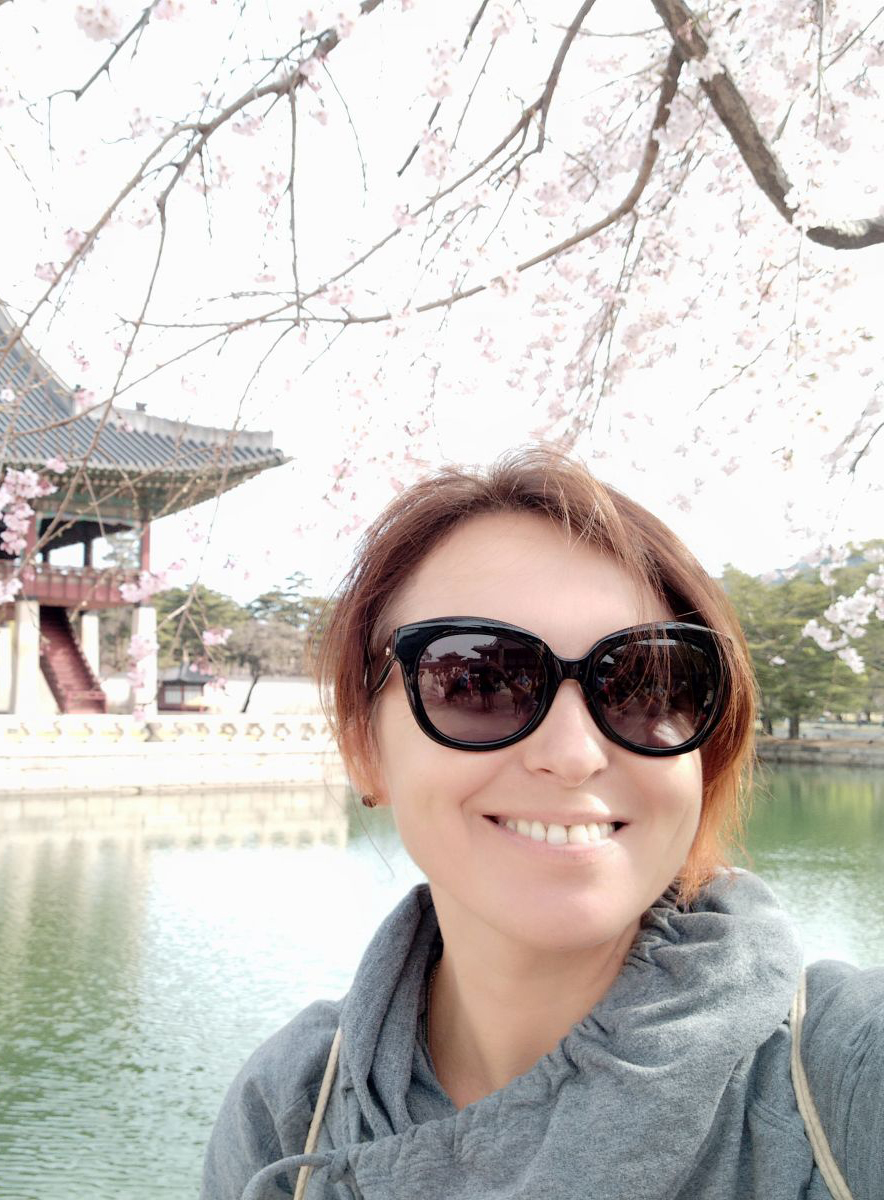
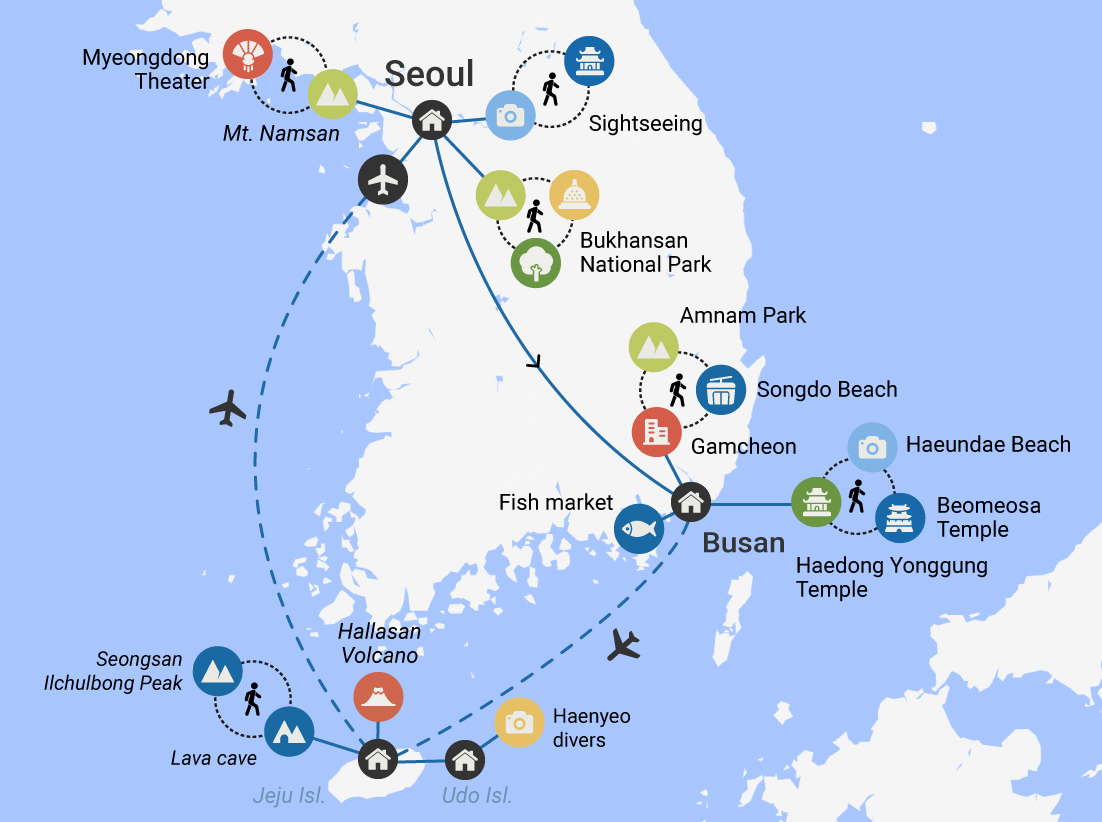

On this journey, you’ll plunge into the world of exotics and contrasts and explore South Korea from all sides! Every day you will admire the harmonious combination of ancient traditions and the latest technologies, walk among futuristic skyscrapers and old palaces, study local traditions and enjoy dishes of local cuisine.
You’ll also see all the natural diversity of South Korea: snow-white beaches, lava coasts, tangerine groves, high mountains... Truly, this country knows how to surprise! :)
The best time to visit Korea is in spring, during the cherry blossom season, and in autumn, to see the famous red maples and catch the colorful fall of the leaves. Your photos will be beautiful!
During the trip we’ll have time to: